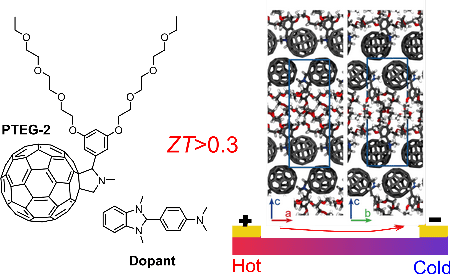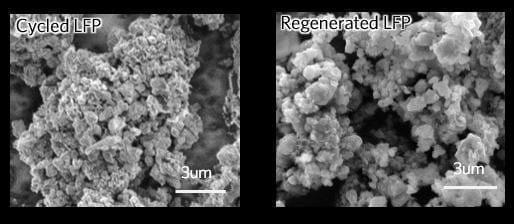
National Institute for Materials Science is an Independent Administrative Institution and one of the largest scientific research centers in Japan
The Latest Bing News on:
National Institute for Materials Science Research
- Tomography-based digital twins of Nd-Fe-b magnets
Research Center for Magnetic and Spintronic Materials, NIMS / Associate Professor at Institute of Pure and Applied Sciences, University of Tsukuba), and Tadakatsu Ohkubo (Deputy Director ...
- National Institute for Materials Science
National Institute for Materials Science (物質 ... first transfer of a national research institute in Japan. 2001 An independent administrative institute NIMS was established in Tsukuba ...
- Seed for Success Acorn Awards
Ryan Alan Altman*, from National Institute ... Materials Basic Research Center, $15,000,000.00 Jeffrey Edward Dick*, from National Institutes of Health, Nanoelectrochemistry and Single Cell ...
- International Center for Young Scientists (ICYS), National Institute for Materials Science (NIMS)
I'd like to receive career advice, updates and information from Nature Careers and Nature Portfolio, part of Springer Nature Limited. I'd like to receive emails from carefully chosen third party ...
- Connecting material designers through a digital language
The National Institute for Materials Science (NIMS) in Japan is playing a key role ... keep up to date with latest safety requirements and research results? Increasingly, organizations in the ...
The Latest Bing News on:
National Institute for Materials Science Discovery
- Science
May 8, 2024 • New research documents how many children lost a parent to an opioid or other overdose in the period from 2011 to 2021. Bereaved children face elevated risks to their physical and ...
- National Institute for Materials Science
National Institute for Materials ... Science City. This event was considered as the first transfer of a national research institute in Japan. 2001 An independent administrative institute NIMS ...
- A New Spin on Materials Analysis
Researchers Koichiro Yaji and Shunsuke Tsuda at the National Institute for Materials Science in Japan have developed an improved type of microscope that can visualize key aspects of electron spin ...
- International Center for Young Scientists (ICYS), National Institute for Materials Science (NIMS)
I'd like to receive career advice, updates and information from Nature Careers and Nature Portfolio, part of Springer Nature Limited. I'd like to receive emails from carefully chosen third party ...
- AI for Scientific Discovery - A Workshop
Our work helps shape sound policies, inform public opinion, and advance the pursuit of science, engineering, and medicine. Throughout any given year, the National Academies convene hundreds of ...









